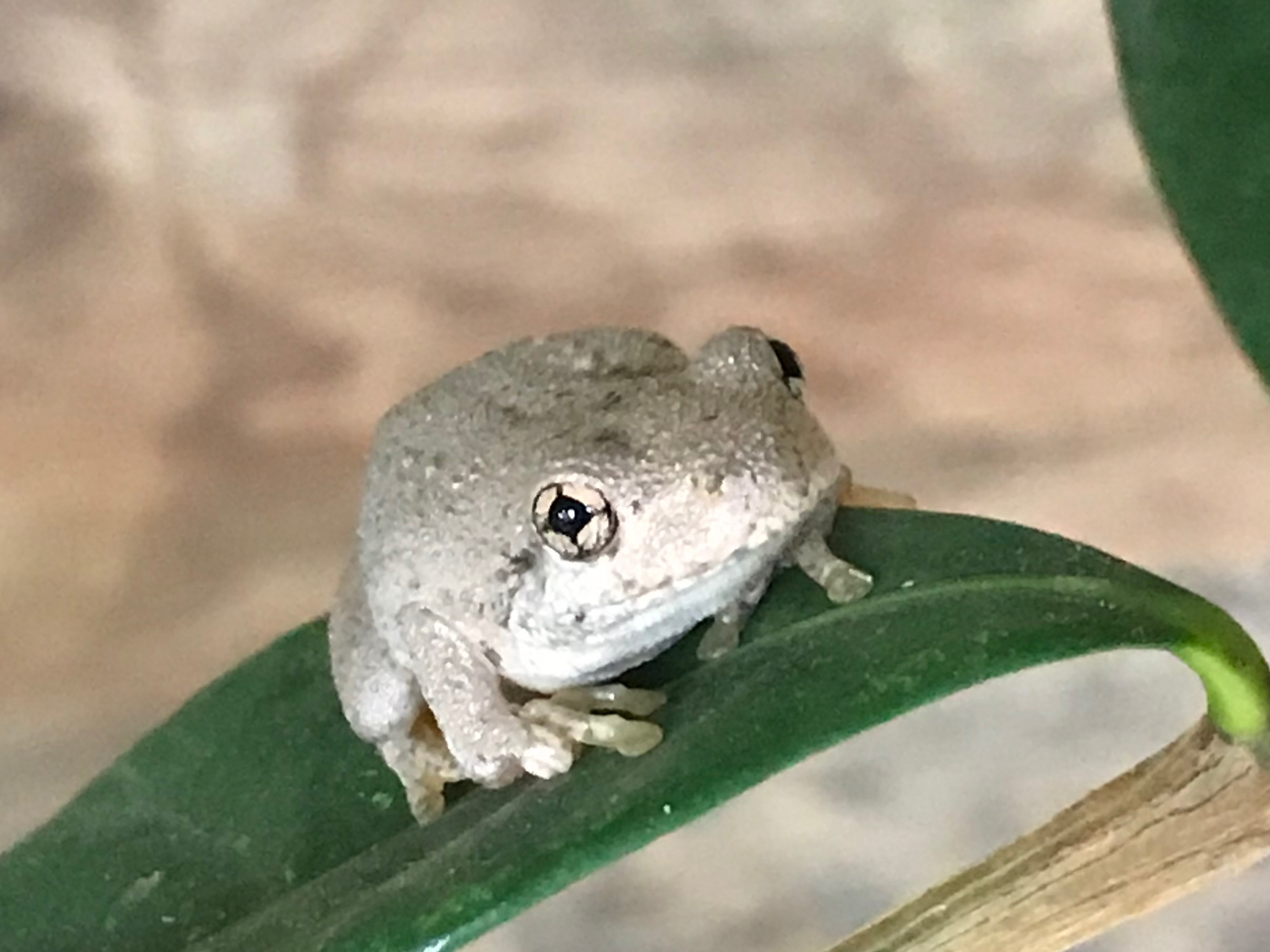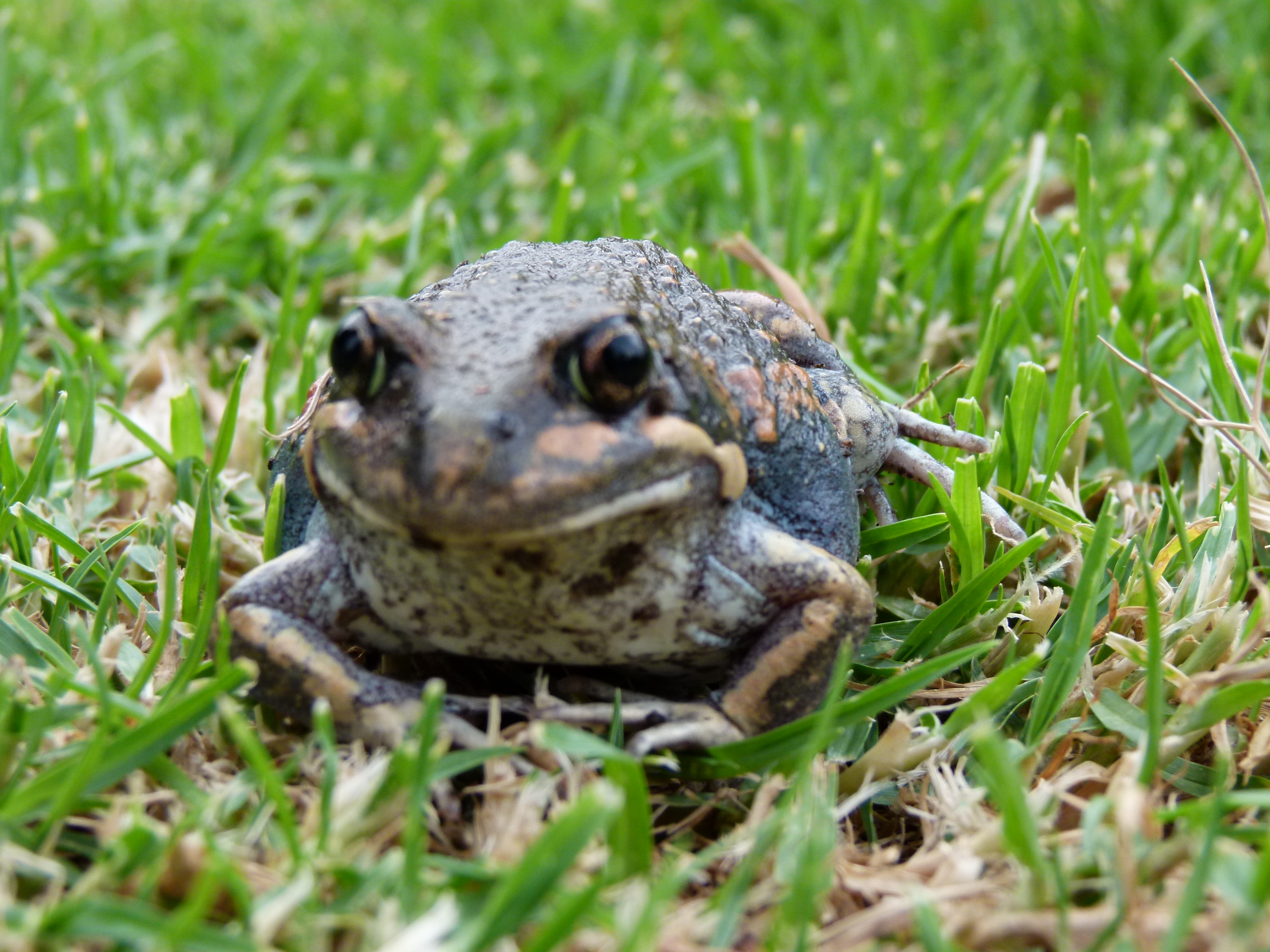Why you need to be friendly to frogs
15 Sep 2021
 SMALL FARMS NETWORK - SPRING 2021 - ENVIRONMENT
SMALL FARMS NETWORK - SPRING 2021 - ENVIRONMENT
By Shanna Rogers
Senior Land Services Officer - Environment
P: 02 6051 2241, E: shanna.rogers@lls.nsw.gov.au
Frogs are an integral part of healthy Australian ecosystems.
Frogs can be found almost anywhere in Australia in many different types of habitats. Most common frogs live in or around freshwater. Many need water to breed, although a small puddle can be enough.
While they are usually small and unseen, frogs are an essential thread in the food web. Healthy frog populations are generally a good indication of a healthy environment.
Frogs eat vast amounts of invertebrates, including houseflies, mosquitos, cockroaches and spiders, and they're a fundamental food source for a wide variety of other wildlife, including birds, mammals and reptiles. Tadpoles fill our creeks and dams, helping keep algae and mosquito larvae under control while they too become food for fish and other wildlife.
Frog populations are declining around the world for a range of reasons, including habitat loss and disease. Frogs absorb oxygen and other compounds through their skin, making them sensitive to pesticides, herbicides and skin conditions such as chytrid fungus.
However, with decent rainfall this year and the warmer weather arriving, a chorus of frog calls can still be heard across the region, in both urban and rural areas.
The Australian Museum has developed the FrogID citizen science project to help identify and map different frog species by the unique sounds they make or their 'audio DNA'.
Each frog species has a unique call, which male frogs use to attract females of the same species. These calls are often the most accurate way to identify frog species in the wild, as many frogs look similar.
You can find out what frogs you hear by using the FrogID smartphone app. Just download the app, record frog calls and work out what species are calling using the app or get Australian Museum experts to identify the calls for you.
You can help frogs and build frog habitat by:
- Plant shrubs and groundcover close together in your garden to protect frogs as they feed and move around.
- Build a frog pond and plant some reeds or tussock-forming sedges around the margin.
- Keep fertilisers, herbicides and pesticides away from your pond or other areas where frogs may live.
- Keep your cats indoors, especially at night when most frogs are active.
- Keep cattle away from sections of stream banks and, wherever possible, retain stream-bank vegetation.
- Preserve wetlands and other natural waterways on your property.
- Maintain wildlife corridors that connect areas of drought refuge.
- Fence off a portion of your dam for frogs.
- Retain fallen logs, rocks, native tussock grasses and other non-invasive native plants.
Other helpful frog resources:
- Frogs of southwest NSW. A glovebox guide to their identification, ecology and conservation.
- Hop into Frogs. A teaching resource about frogs and wetlands in the Corowa District.
- Saving the southern bell frog education resource.
- Corroboree Frog education resources.
- Australian Museum Frog Factsheets
Below: Pobblebonk frog (left) and the Perons tree Frog (right)

